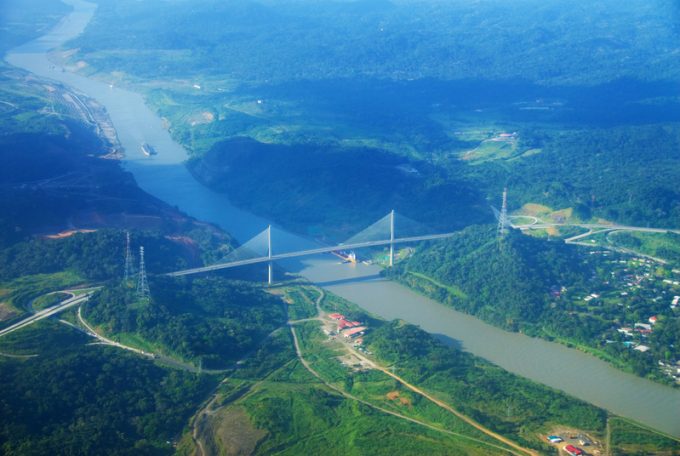Logistics losers and winners – trucking and shipping – but the tide may turn
Road freight stakeholders are currently “the losers” in logistics – in stark contrast to their ...

The number of containerships transiting the Panama Canal during its fiscal year ending 30 September declined slightly, by 1.1% to 2,575.
But there could be further reductions after ocean carriers announced a number of blanked sailings in the coming weeks on their Asia-US east coast all-water schedules ahead of the slack season.
Dry bulk ships were the biggest users of the waterway, 2,657 vessels, also down 1.1%; chemical tankers, at 2,035, were down just 0.4%; and LPG carriers with 1,087 transits, were up 6.9%.
However, LNG was the star performer with transits increasing by 37% ...
Volcanic disruption at Anchorage could hit transpacific airfreight operations
Macron calls for ‘suspension’ – CMA CGM's $20bn US investment in doubt
De minimis exemption on shipments from China to the US will end in May
Forwarders stay cool as US 'liberation day' tariffs threaten 'global trade war'
Trump tariffs see hundreds of cancelled container bookings a day from Asia
Mixed response in US to 'Liberation Day', while China leads wave of retaliation
Tariffs and de minimis set air freight rates on a volatile course

Comment on this article
DAVID M KRUSCHWITZ
October 10, 2019 at 2:13 pmNot to be too nerdy, but you reference “exponential growth at US east coast and Gulf coast ports” and then say say box counts on the east and Gulf coasts were up 5.4% and 7% YOY. That’s hardly “exponential” unless you are in the business of hyperbole. I’d call it solid growth, and at the expense of west coast ports, but that’s it.
Alex Lennane
October 10, 2019 at 2:15 pmThat’s a good point – we agree and will change the article. Thank you!
Mike Wackett
October 10, 2019 at 2:35 pmShould have been a reference to the growth since 2016 when the enlarged canal was opened. But then a better choice of word might have been impressive. Thanks for reading and your feedback.